Gas Plants Have a Real Climate Problem. So Do Some Proposed Approaches for Addressing It.
Union of Concerned Scientists
OCTOBER 15, 2024
One scope is the narrow carbon picture , the one that you’ll hear about most readily: what these approaches mean in terms of how much carbon dioxide (CO 2 ) comes out of a gas plant’s smokestack, or how much less a plant can be said to be emitting.


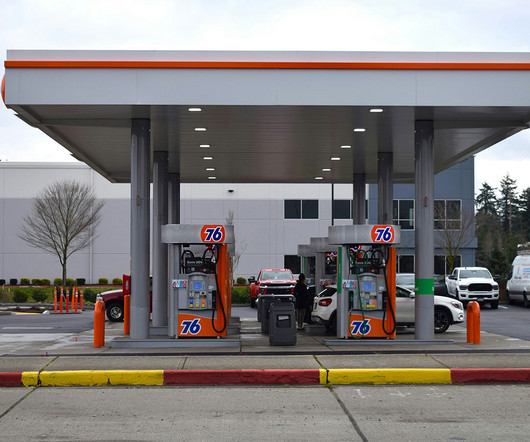

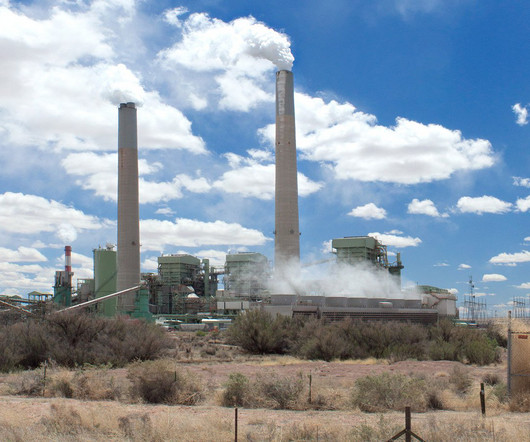

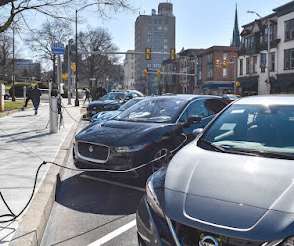


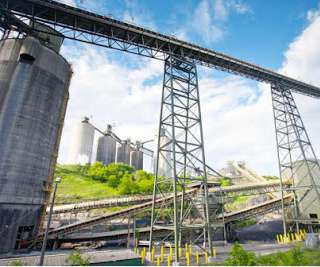





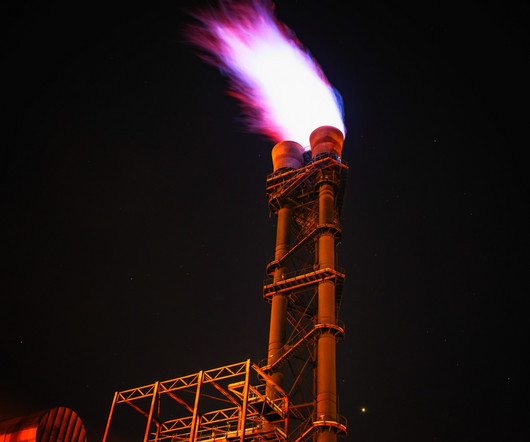








Let's personalize your content